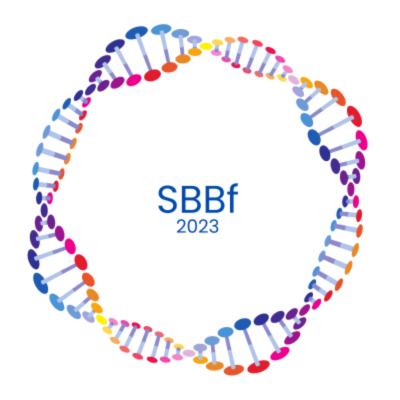Proceedings of the 47th Annual Meeting of the Brazilian Biophysical Society
DEVELOPMENT OF A COLLECTION OF THERMOPHILIC PLASTICS-ACTIVE ENZYMES
How to cite this paper?
To cite this paper use one of the standards below:
How to cite this paper?
Petroleum-based plastics (PBP) have several applications, emphasizing the packaging market. The material of its composition is chemically inert and presents a high resistance to microbial degradation due to its recalcitrant structure. Although these plastics provide infinite facilities to everyday life, they are now considered villains regarding their natural degradation. A recent study characterized a new species of bacteria, Ideonella sakaiensis 201-F6, capable of using polyethylene terephthalate (PET) as a carbon source through the action of two enzymes, PETase and MHETase produced by the microorganism. Enzymatic deconstruction appeared as a sustainable solution for this problem because some hydrolases can depolymerize PET to its monomers near the polymer glass transition temperature. This project aims to contribute to the advancement of PBP upcycling through the development of a collection of thermophilic Plastics-Active Enzymes (PAZymes) produced recombinantly using Escherichia coli. We examined the Web of Science, Scopus, and Plastics Microbial Biodegradation Database to identify functionally characterized PAZymes in previous studies. Next, we prospected orthologous genes in public databases such as Uniprot, Metacycle, BRENDA, etc. The searches were based on the detection of gene sequences of α/β-hydrolases frequently annotated as lipases, esterases, cutinases, amidases, or proteases grouped in EC 3.1.1.1, EC 3.1.1.2; EC 3.1.1.3; 3.5.1.4; 3.4. and EC 3.1.1.74. Based on this analysis 8 coding sequence were selected and submitted to in vitro synthesis. The first enzyme to be characterized on this collection was the carboxymethylenebunolidase (CMBase) from Hydrogenobacter thermophilus. The enzyme showed activity in p-nitrophenyl acetate, p-nitrophenyl butyrate, and we identified activity in mono-4-nitrophenyl terephthalate (MpNPT). The optimum operating pH of CMBase was 7.0, and its optimum temperature was 70°C. We also obtained results regarding the activity of this enzyme in terephthalate esters and cinnamic acid esters, disclosing similar a mechanism of action to MHETase, which hydrolyses the ester bond of mono(2-hydroxyethyl) terephthalic acid (MHET) forming terephthalic acid and ethylene glycol. Based on these results and the crystallographic structure of the enzyme (solved by our group), we identified active site divergences between CMBase (121Cis – 170Asp – 202His) compared to other enzymes described as operative on PET. This motivated us to carry out a mutation at this site to verify changes in activity and interaction with the substrate. Another enzyme characterized from the collection was poly(ethylene terephthalate) hydrolase (PETase) from Acetivibrio thermocellus. PETase showed better activity at pH 8, and its optimum temperature was 100°C. We also performed activity tests on 250 nm PET film, and it was observed, from spectrophotometric analyzes, that the enzyme promotes the release of compounds that absorb in the 230 nm - 260 nm, indicative of the release of bis(2-hydroxyethyl) terephthalic acid (BHET) and MHET after 48h and 96h of incubation. Furthermore, PETase crystallization tests are ongoing. Overall, the availability of a collection of enzymes with different activities involved in the degradation of PBP can constitute a tool for finding the best synergies between physical-chemical and biochemical processes aiming at the sustainable management of petroleum-based plastics and the produce advanced materials.
- 19. Protein Structure and Conformation
Streamline your Scholarly Event
With nearly 200,000 papers published, Galoá empowers scholars to share and discover cutting-edge research through our streamlined and accessible academic publishing platform.
Learn more about our products:
How to cite this proceedings?
This proceedings is identified by a DOI , for use in citations or bibliographic references. Attention: this is not a DOI for the paper and as such cannot be used in Lattes to identify a particular work.
Check the link "How to cite" in the paper's page, to see how to properly cite the paper

